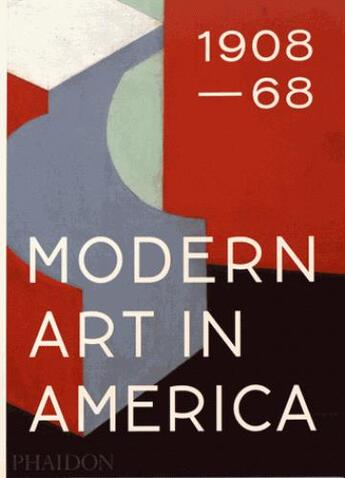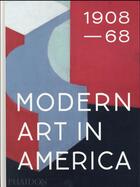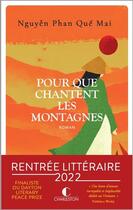Résumé:
Twentieth-century art in America has long been understood in two very separate distinct halves:
Pre-World War II, often considered as inferior and provincial; and the triumphant, international post-war work that made a complete break with everything that went before. Agee discovers exciting new... Voir plus
Twentieth-century art in America has long been understood in two very separate distinct halves:
Pre-World War II, often considered as inferior and provincial; and the triumphant, international post-war work that made a complete break with everything that went before. Agee discovers exciting new connections between artists and artworks, which strongly suggest that 1945 was not such a dividing line in art history after all.
His fresh research offers an innovative approach and a brilliant take on art history.
- William C. Agee taught at Hunter College, New York, from 1988 until his retirement in 2014 and was awarded an endowed chair in 2004, the Evelyn Kranes Kossak Professor of Art History. Prior to Hunter,he held directorships at the Museum of Fine Arts, Houston, and at the Pasadena Art Museum.
His books include American Vanguards: Graham, Davis, Gorky, de Kooning, and Their Circle, 1927-1942 (2011) and Coming of Age: American Art, 1850s to 1950s (2006).
Key Selling Points - Brilliant account of American modernism as a narrative spanning four generations of artists - Integrates European-born artists, critics, and collectors who played a crucial role as teachers, advocates, and patrons of American modern art - Written by one of the world's experts in the field, in an accessible and compelling style - Lavishly illustrated with colourful abstract and figurative works by famous and lesser-known artists, some rarely reproduced elsewhere
Donner votre avis















